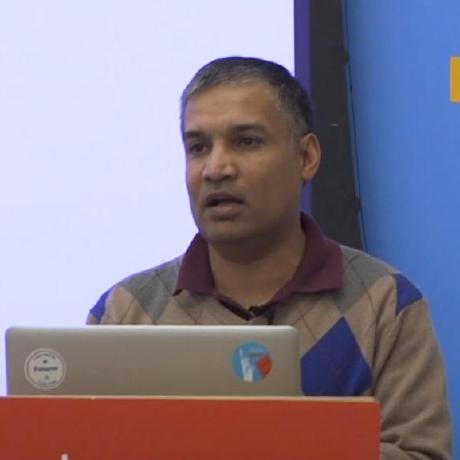Riding on Railway
The driving principle behind Exograph is to make it easy for developers to build their backends by letting them focus only on inherent—not incidental—complexity; Exograph should handle everything else. With Exograph, you can create a GraphQL server with a rich domain model with authorization logic, Postgres persistence, and JavaScript/TypeScript business logic in just a few lines of code. But what about deploying to the cloud?
The new platform-as-a-service offerings make deploying Exograph apps easy, and we make it easier by providing specific integrations. In this blog, I will focus on Railway. With its Postgres support and GitHub integration, you can create an Exograph server from scratch and deploy it in under three minutes!



